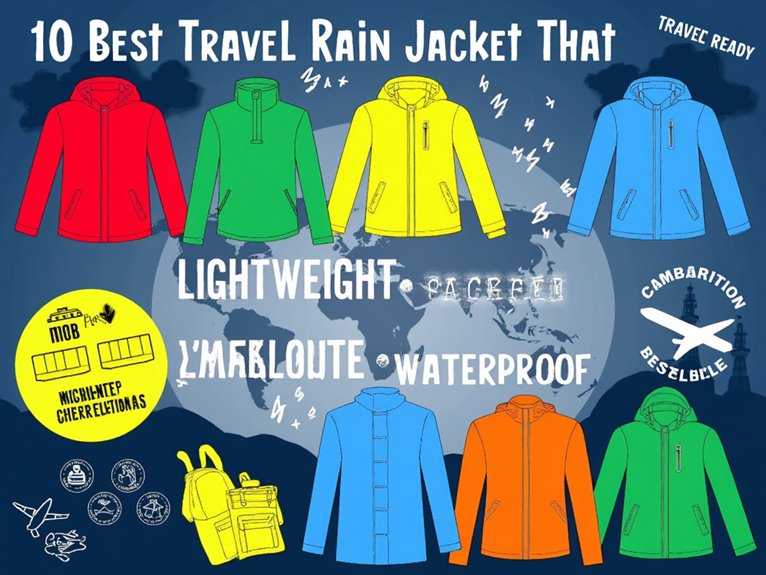What Was Used Before Molle?
Before the Modular Lightweight Load-carrying Equipment (MOLLE) system, various systems were developed and used by military forces. Early web gear and pouches enabled soldiers to carry more gear efficiently, freeing up hands for combat and other tasks. Canvas packs and knapsacks provided a reliable and durable solution, while the ALICE system offered a modular and adaptable solution. Makeshift and improvised solutions were also used, demonstrating the resourcefulness of soldiers in the field. Additionally, commercial outdoor gear options emerged, offering a convenient and reliable alternative. The evolution of these systems ultimately paved the way for the development of MOLLE, and further exploration reveals the intricacies of their design and functionality.
We are supported by our audience. When you purchase through links on our site, we may earn an affiliate commission, at no extra cost for you. Learn more. Last update on 16th January 2026 / Images from Amazon Product Advertising API.
Early Web Gear and Pouches
During the early 20th century, military forces began to adopt web gear and pouches as a means of carrying essential equipment, marking a significant departure from the traditional leather belts and bags used in previous centuries.
This innovation allowed soldiers to carry more gear efficiently, freeing up hands for combat and other tasks.
Web gear and pouches were designed to be durable, versatile, and adaptable to various combat scenarios.
They enabled soldiers to organize their equipment in a logical and accessible manner, streamlining their combat readiness.
The adoption of web gear and pouches marked a significant milestone in the evolution of military load-carrying systems, paving the way for future innovations in tactical equipment design.
Canvas Packs and Knapsacks
As we evolve from early web gear and pouches, we find ourselves at the doorstep of canvas packs and knapsacks, a significant milestone in the progression of load-carrying systems.
The durability of canvas material played a pivotal role in these early packs, offering a marked improvement in reliability and weather resistance.
This development paved the way for more efficient load carrying, setting the stage for further innovations in the domain of military equipment.
Canvas Material Durability
The canvas material used in packs and knapsacks prior to the introduction of MOLLE systems was renowned for its exceptional durability, with some soldiers reportedly using the same equipment for years without significant signs of wear.
The canvas was treated with wax or oil to improve its water resistance, making it an ideal material for military use.
This treatment, combined with the canvas's natural strength, allowed it to withstand the rigors of combat and harsh environmental conditions.
The durability of canvas packs and knapsacks made them a reliable choice for soldiers, who often relied on their equipment to carry heavy loads over long distances.
Early Load Carrying
How did soldiers manage to haul heavy loads over long distances before the advent of modern load-carrying systems?
In the early days, soldiers relied on canvas packs and knapsacks to carry their gear. These early load-carrying systems were simple, yet effective.
Canvas packs were made of durable canvas material, often with leather straps and brass buckles.
Knapsacks, on the other hand, were smaller and more compact, designed for lighter loads.
Both systems allowed soldiers to carry heavy loads over long distances, albeit with some discomfort.
While not as comfortable or efficient as modern load-carrying systems, these early systems played a crucial role in military operations, enabling soldiers to transport essential gear and supplies.
ALICE System and Components
Establishing an integrated load-carrying system, the ALICE (All-Purpose Lightweight Individual Carrying Equipment) system provides soldiers with a modular and adaptable solution for carrying essential gear in the field.
Introduced in the 1970s, ALICE consists of a combat harness, load-bearing vest, and various pouches and accessories.
The system's modularity allows soldiers to customize their load-out according to their mission requirements.
Key components include the LC-1 field pack, cargo pockets, and ammunition pouches.
The ALICE system's design enables efficient distribution of weight, reducing fatigue and improving mobility.
Its versatility and adaptability made it a standard issue for the US military until the introduction of MOLLE (Modular Lightweight Load-carrying Equipment) in the 1990s.
Makeshift and Improvised Solutions
In the absence of dedicated gear, soldiers have long relied on makeshift and improvised solutions to carry their equipment.
Tying down gear with cord or wire was a common practice, often necessitating creative problem-solving to secure essential items.
Repurposed materials, such as canvas, rope, and webbing, were also used to create makeshift carrying systems, demonstrating the resourcefulness of soldiers in the field.
Tying Down Gear
When operating in austere environments, soldiers and outdoorsmen often rely on makeshift and improvised solutions to secure their gear, demonstrating the importance of adaptability in tying down equipment.
In the absence of dedicated gear straps or tie-downs, troops have employed creative methods to keep their kit in place.
Paracord, bootlaces, and even strips of cloth have been used to lash gear to packs, vehicles, or other secure points.
This resourcefulness has allowed operators to adapt to challenging environments and maintain operational readiness.
Repurposed Materials
Through the resourceful application of repurposed materials, operators have successfully secured their gear in the absence of dedicated tie-downs, exemplifying the importance of adaptability in austere environments.
In the absence of commercial solutions, operators have relied on makeshift and improvised solutions to keep their gear organized and accessible.
This resourcefulness has led to the development of creative workarounds using readily available materials.
550 cord or bootlaces have been used as makeshift straps.
Parachute cord or twine has been employed as impromptu tie-downs.
Bandanas or towels have been repurposed as makeshift padding or buffers.
Plastic bags or ponchos have been used as improvised waterproofing solutions.
Webbing or straps salvaged from discarded equipment have been re-purposed as makeshift attachments.
Commercial Outdoor Gear Options
Commercial outdoor gear options emerged in the mid-20th century, offering a wide range of products that catered to the growing demand for outdoor recreation and adventure.
This marked a significant shift from repurposed materials, as outdoor enthusiasts could now access specifically designed gear for camping, hiking, and climbing.
Brands like REI, The North Face, and Sierra Designs pioneered the industry, producing high-quality backpacks, tents, and sleeping bags.
These commercial options provided a more convenient and reliable alternative to makeshift solutions, allowing outdoor enthusiasts to focus on their adventures rather than improvising with makeshift gear.
As the outdoor industry continued to grow, so did the variety and quality of commercial outdoor gear options.
Military and Civilian Hybrids
As outdoor recreation continued to gain popularity, manufacturers began to develop hybrid gear that combined the durability of military equipment with the comfort and practicality of civilian designs.
This fusion of military and civilian technologies led to the creation of innovative products that catered to the growing outdoor enthusiast market.
Some notable examples of military and civilian hybrids include:
- Tactical backpacks with reinforced materials and MOLLE-compatible attachments
- Water-resistant tents with military-grade waterproofing and easy setup features
- Portable stoves with high-efficiency burners and compact designs
- First aid kits with military-grade medical supplies and user-friendly instructions
- Water purification systems with military-tested filtration technology and compact portability




